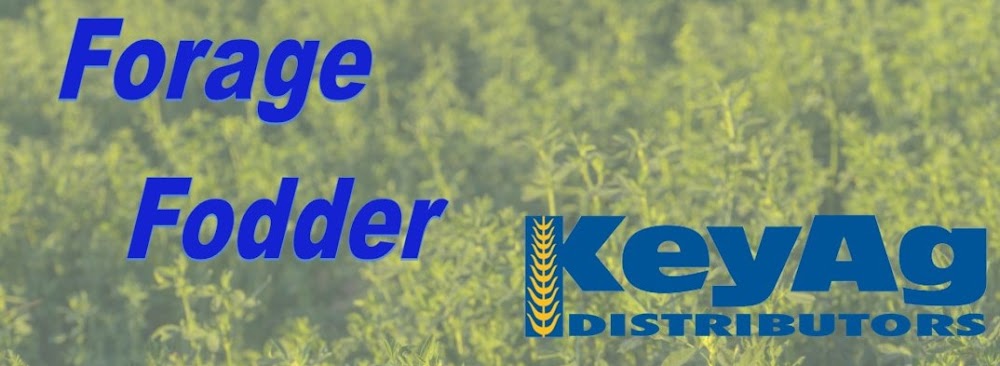Colorado—In the Nov. 2 report, compared to last report, trade activity and demand light. The bulk of activity remained in the horse hay markets. According to the NASS Colorado Crop Progress report for week ending Oct. 29, alfalfa hay fourth cutting harvested is 90% complete.
Missouri—In the Nov. 2 report, compared to last report, hay movement remains good, hay prices are steady and demand is moderate. As forecasted the first hard freeze of the year came along with record low temperatures for some areas bringing an end to the growing season. Grain harvest has wrapped up for many as harvest is running well ahead of average pace. A bit of moisture late last week helped to improve persisting drought conditions nearly removing all but a couple of small areas still in D3 status. Rain was also much welcomed to those with newly planted wheat.
Nebraska—In the Nov. 2 report, compared to last report, alfalfa and grass hay sold steady. Ground and delivered hay and alfalfa pellets sold steady. Demand is mostly light. There is a lot of cane, millet and sudan bales across a large area. After the hailstorms farmers planted that type of seed for some cash payout from damaged crops. Reports of several thousand bales that will have to be sold to either feedlots or the cowman this winter. These bales are also very readily available in eastern Colorado and northern Kansas that has put pressure on the local hay market in most areas. Most end users of hay are really watching what they are paying this year for feed as everything has shot up in price have to make a cut where they can. With cornstalks wet in most areas those bales might not be in a large supply across the state like years past. So, it will be interesting to see where they hay prices go in the near future.
Oklahoma—In the Oct. 27 report, compared to the last report, hay trade is slow. With the widespread rain over Oklahoma and the cold weather to follow, the last cutting of hay for the year has likely been made. There is a larger inventory of hay compared to the past two years, which is the cause of slow trades. Most of the hay producer trades are from clients they have had over the years.
Texas—In the Nov. 3 report, compared to the last report, hay prices are mostly steady to firm across the majority of the regions with quality and freight being the largest determinants on price. Cooler temperatures accompanied by rain moved across the north, central, southern and eastern regions of the state. The rainfall has helped winter crops, but it is too late for cotton and some fall and winter grazing. It’s hoped the added soil moisture will aid the winter wheat establishment. Next report will be released Nov. 17.
South Dakota—In the Nov. 3 report, compared to last report, alfalfa hay steady. Moderate demand for alfalfa, good demand for high quality grass to start calves on feed with. Dairy operators have been resistant to current alfalfa prices. Moderate demand for corn stalks. The weather straightened out this week which allowed for corn harvest to get back underway, many are done already. Warmer weather for the weekend, up to 60 degrees which could help to make corn stalk bales.
New Mexico—In the Nov. 3 report, compared to last report, alfalfa hay steady. Trade active, demand good. The the state is 49% complete with fifth cutting, 29% with sixth cutting. With colder temperatures and light snow in some parts of the state most producers are finished up with their last cuttings for the season. According to New Mexico Crop Progress report as of Oct. 29, hay and roughage supplies continued to deteriorate, and were observed to be 39% very short, 43% short, 17% adequate, and 1% surplus. Stock water supplies were 28% very short, 44% short, and 27% adequate, and 1% surplus.
Wyoming—In the Nov. 2 report, compared to last report, all reported hay sold steady. Demand was light. Several producers continue to wait for the last cutting of hay to dry down so it can be baled. Most haying would have been completed last week but the snow and really cold weather messed that up. Some hay from Idaho keeps filtering into the state pulling some demand off the local hay. Many ranchers baled hay this year and that too has lessened the demand for locally produced feed. But we all know that Mother Nature turn a decent fall into a long, cold bitter winter where livestock owners burn through tons of hay to there livestock survival and to the area elk herds.
Montana—In the Nov. 3 report, compared to last report, hay was too lightly tested this week to develop an accurate market trend, however steady to lower undertones were noticed. Hay sales were light again this week. Demand for all hay has lightened and many producers have lowered asking prices in order to move hay. Demand for hay to ship north to Canada has lightened. Despite the fact that last week saw the first snowstorm of the season, producers said they saw little interest from buyers. Warmer weather was seen by mid week and much of the snow melted quickly. Grass remains green in many locations and many producers still have cattle out grazing on fall pastures as a result. This continues to curb demand. Many producers continue to have excess loads of rained on or very mature hay. This class of hay is proving to be a hard sell as many small producers and ranchers put up hay for themselves and are showing little to no interest for this class. Demand for straw is moderate. Heavy straw supplies continues to be seen.


No comments:
Post a Comment